Farmers everywhere struggle to determine the condition of their land, such as what it needs, whether it is free of pests or diseases, and so the apps have helped many smallholder farmers in western Kenya improve their crop yields at a time when traditional extension services are overwhelmed.
Josephat Ouma, a corn farmer, did not wait for agricultural officials to arrive but instead used the PlantVillage Nuru application developed by Penn State University (USA). This application can work offline and supports local languages, helping farmers identify many diseases such as cassava mosaic, or corn necrosis... through photos.
Meanwhile, the local WhatsApp messaging app has also become an effective network for sharing agricultural knowledge. Farmers send pictures of diseased plants, receive quick responses from the community, creating a network of mutual support.
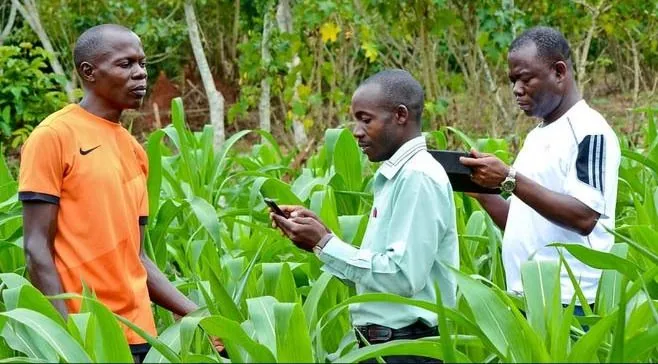
In addition to WhatsApp, organizations like One Acre Fund are also using technology to improve the effectiveness of their support for farmers. One Acre Fund’s Tupande app integrates AI and field data such as soil moisture, yield, etc. from large farms to provide agricultural recommendations. The app has now attracted about 150,000 users, especially rural youth.
Meanwhile, the Virtual Agronomist app, developed by iSDA, receives images and data from multiple sources (including satellite data) and provides accurate information to farmers. Local agricultural knowledge is also integrated into the system. The app provides detailed crop information, nutrition plans and related advice. The goal set by iSDA is simple: to help increase crop productivity.
According to a study in Kenya, only 20%-30% of farmers are currently using digital technology . This shows that there is still great potential in expanding the application of technology to improve agricultural production, increase farmer income and ensure food security.
Agritech startups in Kenya are working with farmers on pilot projects to continue developing tools for weather analytics and supply chain optimization. These innovations not only increase productivity but also boost farmers’ incomes, creating sustainable employment opportunities for the community.
Kenya is also pushing the envelope on AI technology to optimize renewable energy use. A prime example is KenGen Power Company’s use of an AI grid to optimize its geothermal and wind energy mix. AI helps analyze and forecast the energy needed at each point in time, helping to balance output and improve the efficiency of renewable energy use, contributing to the goal of reducing emissions and protecting the environment.
Not just Kenya, a growing number of tech-savvy young Africans are interested in developing products to modernize agriculture, from solar-powered devices that measure soil conditions and optimize water and fertilizer use, to tractors that analyze data.
Source: https://www.sggp.org.vn/ung-dung-cong-nghe-so-trong-nong-nghiep-post797887.html




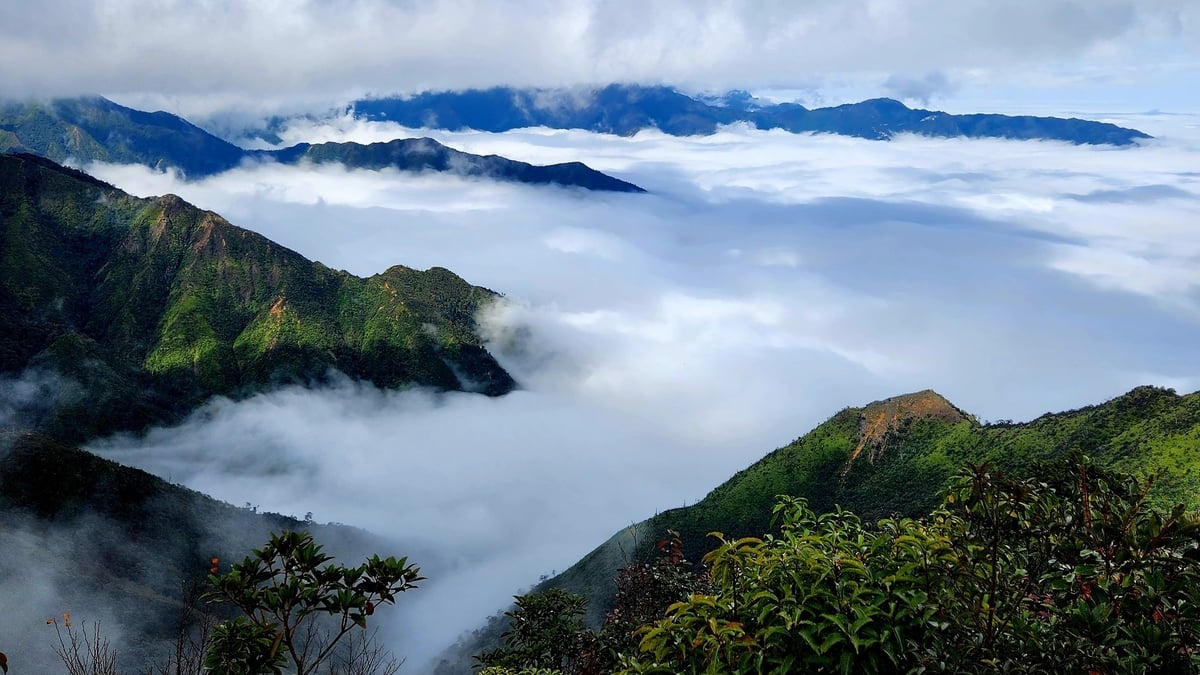


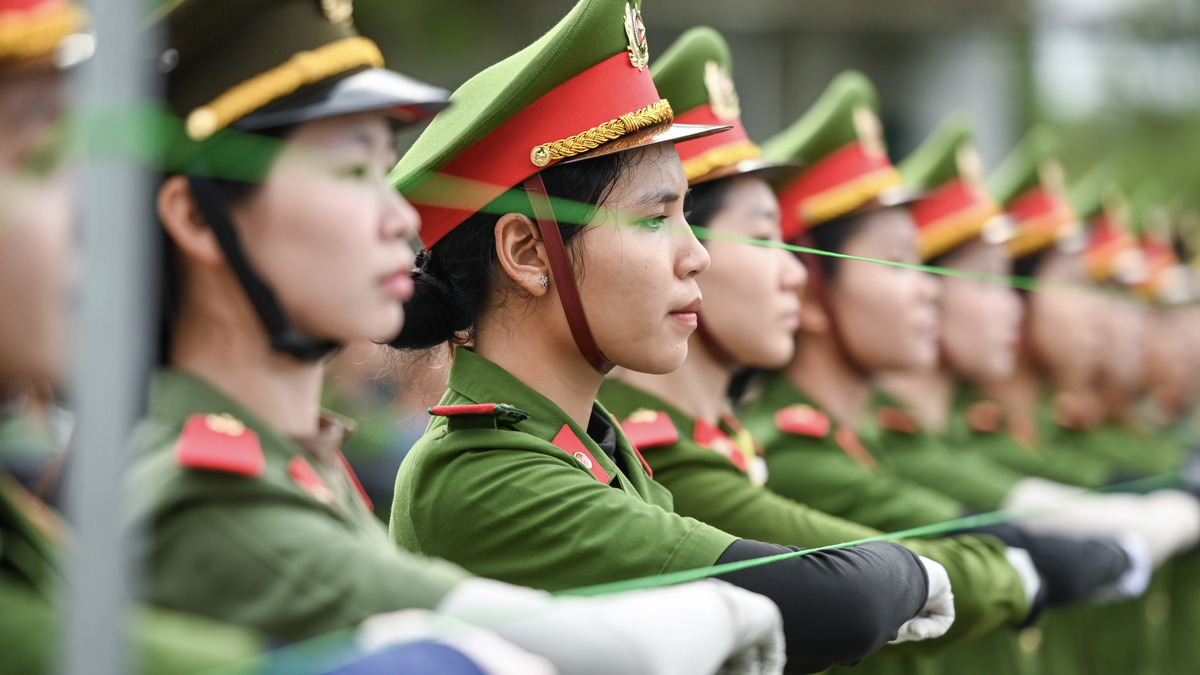


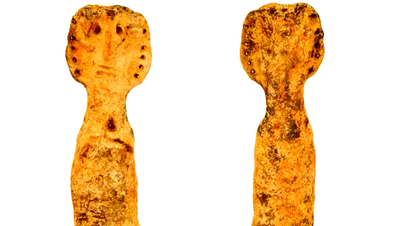

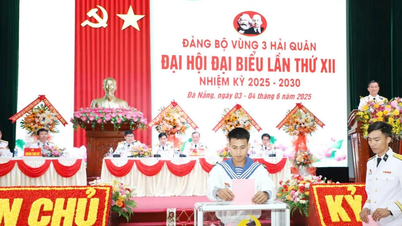








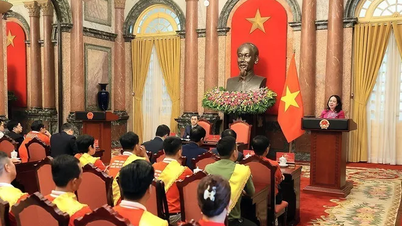

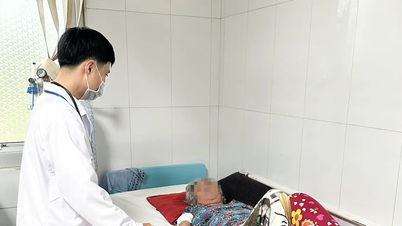
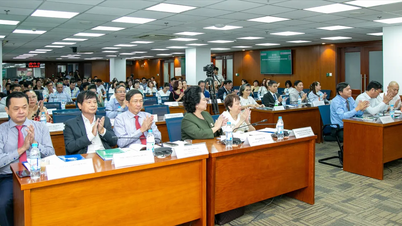

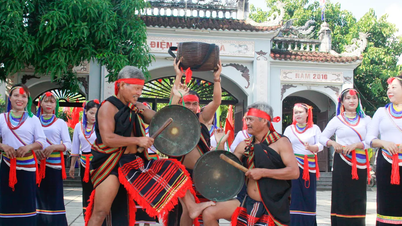
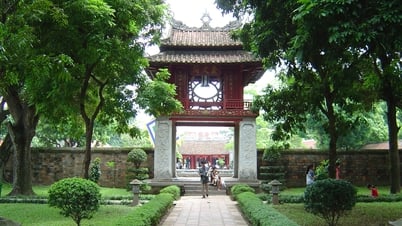

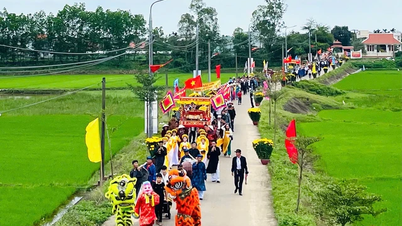





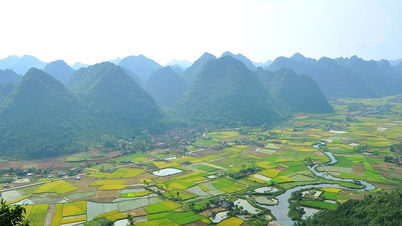













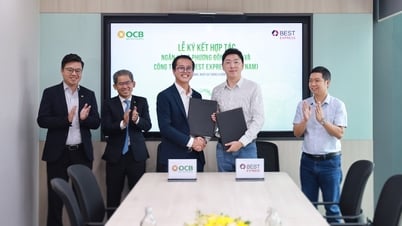





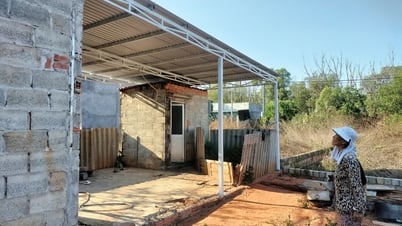
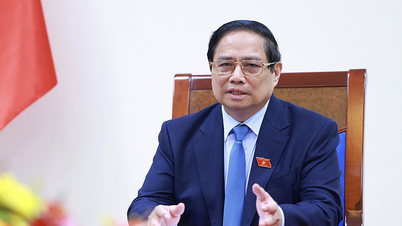










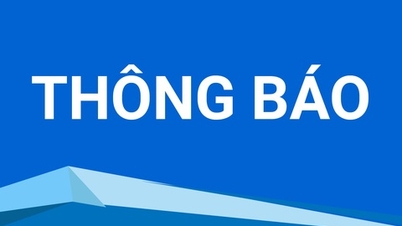


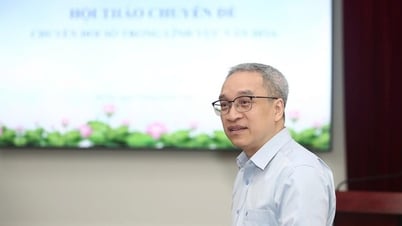


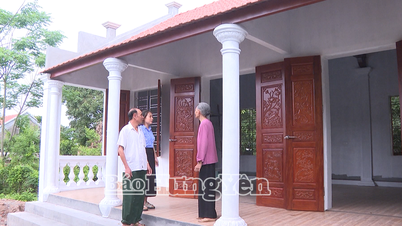


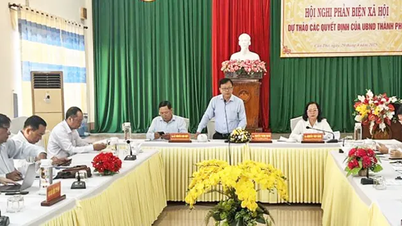
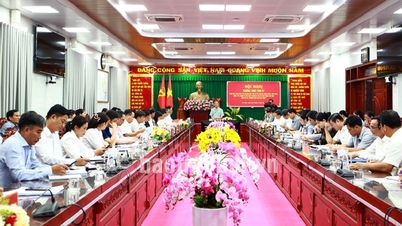






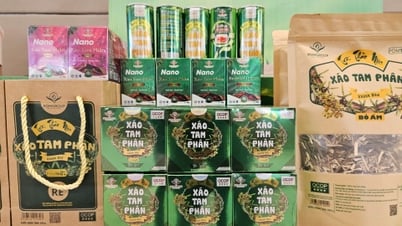

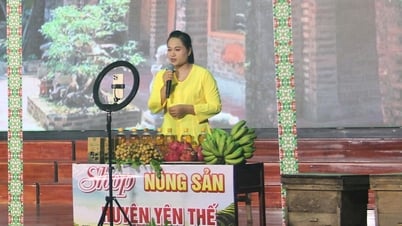


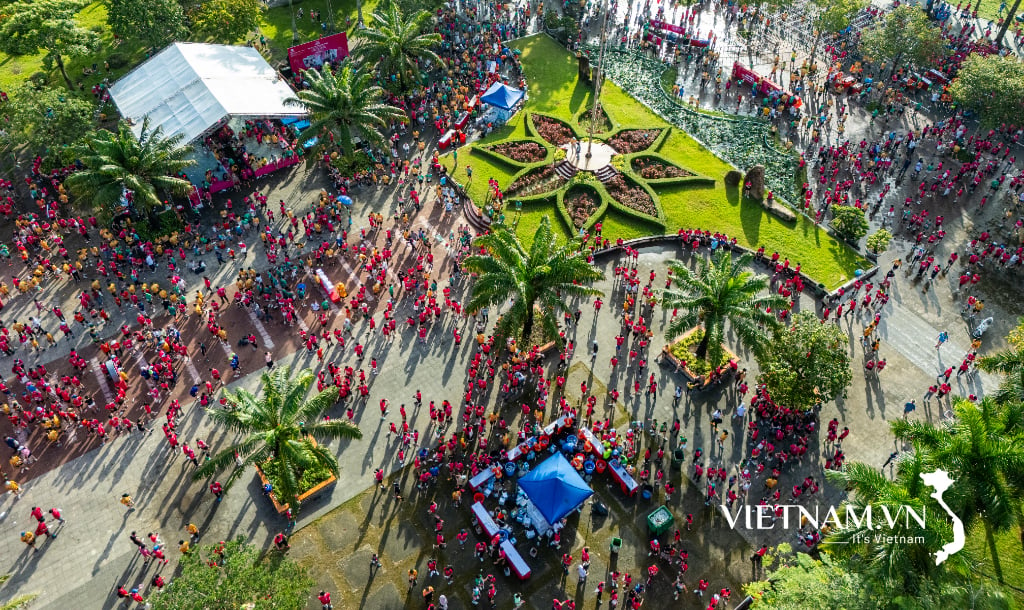

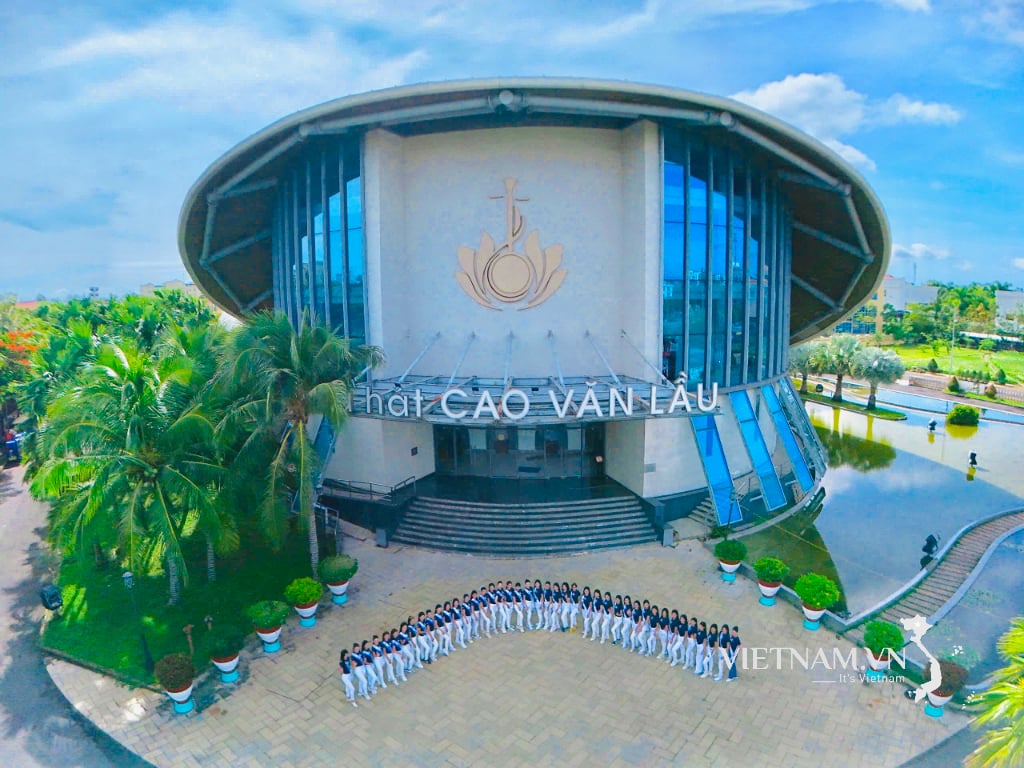
Comment (0)